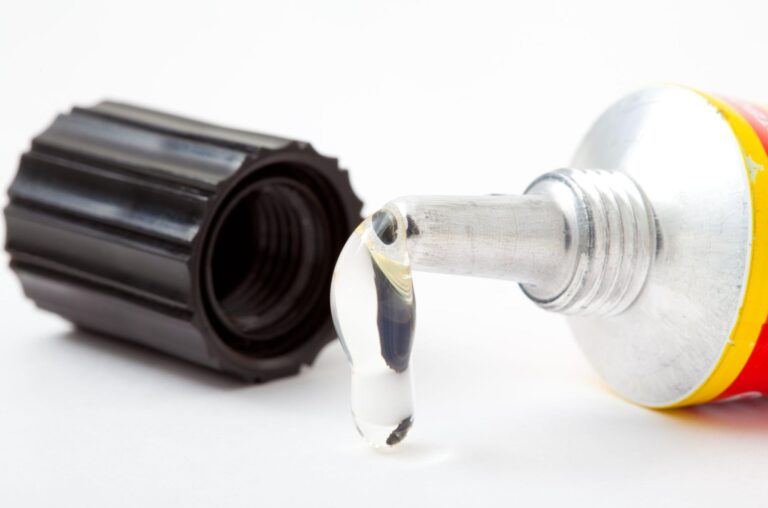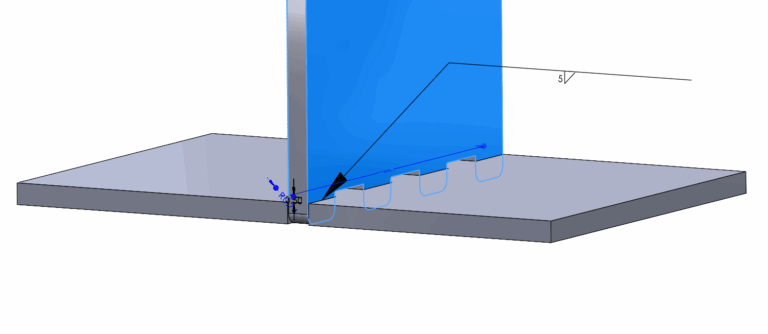Time to read: 3 min
We recently took a look at a study which measures the material properties of ABS and PLA printed on RepRap printers in comparison to parts printed on commercial machines.
The study showed that PLA and ABS parts printed on RepRap printers are relatively comparable to parts printed on commercial machines in terms of tensile strength and elastic modulus.
As you might guess, however, it’s pretty hard to control the many variables in a study like that and the researchers even noted that not everything could realistically be controlled.
So what are those variables that can affect the resulting properties of a printed part? It so happens we came across another neat experiment that explores this very question and, as a start, investigates how PLA performs as a function of material color as well as fill direction.
Material Property Variables
Successful prints on entry level 3D printers , especially on RepRap and other hobbyist-level printers, are highly reliant on the tuning of the machine as well as the knowledge of the operator. There are many variables that can affect the strength and stiffness of a desired part including:
- Material color
- Fill direction
- Infill perfectage
- Temperature
- Moisture/Humidity
- Load duration (creep) or repetition (fatigue)
Each of these variables can affect the resulting elastic modulus and strength of a part so an operator needs to be meticulous in the control of these variables among many others. As a start in assessing these variables and the impact they have on 3D parts, an experiment posted on Wikiversity takes a look specifically at the first two variables, material color and fill direction.
The Tests
In order to measure these two variables, two test plans were developed:
1. 3-Point Bending Test (Designed to Determine Material Stiffness)
- Symmetrically suspend different color PLA beams using empty bins, wooden triangular supports, and a level
- Secure a blank sheet of paper to the level to mark the beam’s initial position and deflection for each mass added
2. 2-Point Behind Test (Designed to Determine Material Strength)
- Drill a hole into one end of the PLA beam
- Tie a string through the hole
- Secure the other end of the beam with a clamp
- Use large weights to apply force to the beam
Results as a Function of Material Color
Stiffness Dependence on PLA Color
The test results showed the following from most stiff (2.77GPa) to least (2.55GPa):
- Clear
- Luminescent
- Blue
- Black
- Green
- Red
Strength Dependence on PLA Color
With regard to material strength, the researchers saw a greater difference, ranging from 105MPa to 54MPa. Here are the results:
- Black
- Green
- Clear
- Red
- Glow in the dark
Results as a Function of Fill Direction
With regard to fill direction, the experiment shows that beams are about 20% less stiff when printed in the WxH orientation, and equivalent in stiffness when printed in the LxW and LxH orientations.
In Summary
This is just an initial look at a few of the many variables that play a part in high quality 3D printing. It gives you some information on which build orientations are best for printing with PLA and how different colors perform, but the main point is that there are a lot of variables involved and when it comes to 3D printing, you need to be a master at your craft to print quality parts.
3D printing is both an art and a science and one cannot rely solely on the MakerBot or RepRap machine to print excellent parts; know your science and practice the art. Want to learn more? Check out the Fictiv Capabilities Guide!










